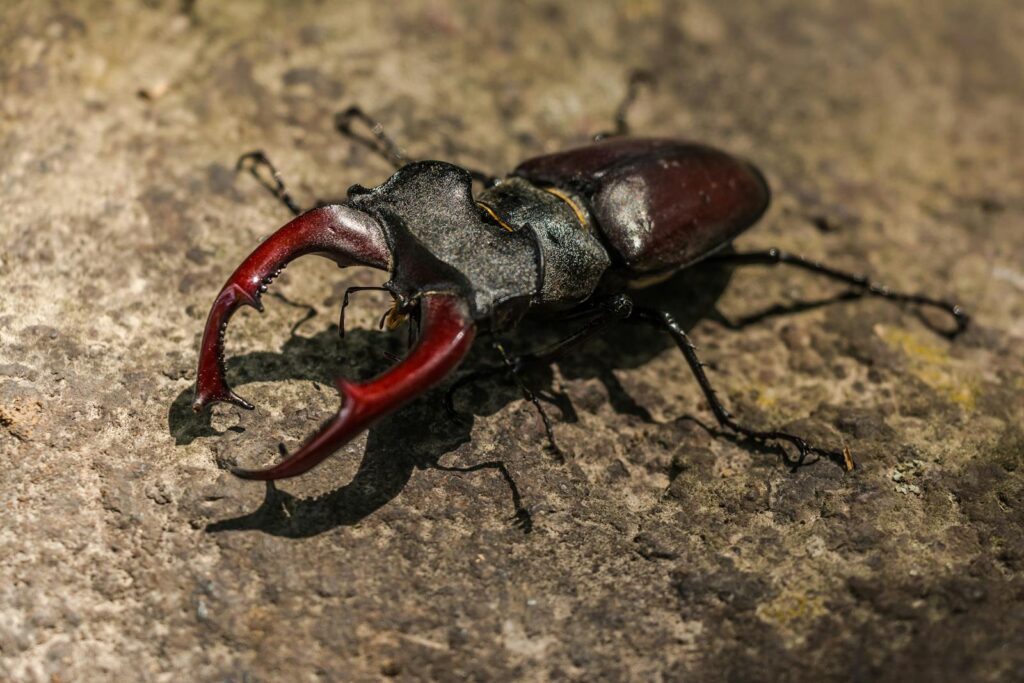The towering pine forests of Georgia harbor a remarkable insect that combines prehistoric appearance with gentle nature – the Georgia stag beetle. With impressive mandibles that resemble a stag’s antlers and a glossy exoskeleton that catches dappled forest light, these native beetles play crucial roles in woodland ecosystems while remaining relatively unknown to many. As one of the Southeast’s largest beetles, these magnificent creatures spend most of their lives hidden away as larvae, emerging for a brief but dramatic adult phase that has fascinated naturalists and curious observers alike. Their story intertwines with the health of Georgia’s forests, cultural significance to the region, and the ongoing challenges of habitat conservation in an ever-changing landscape.
Taxonomy and Classification of the Georgia Stag Beetle
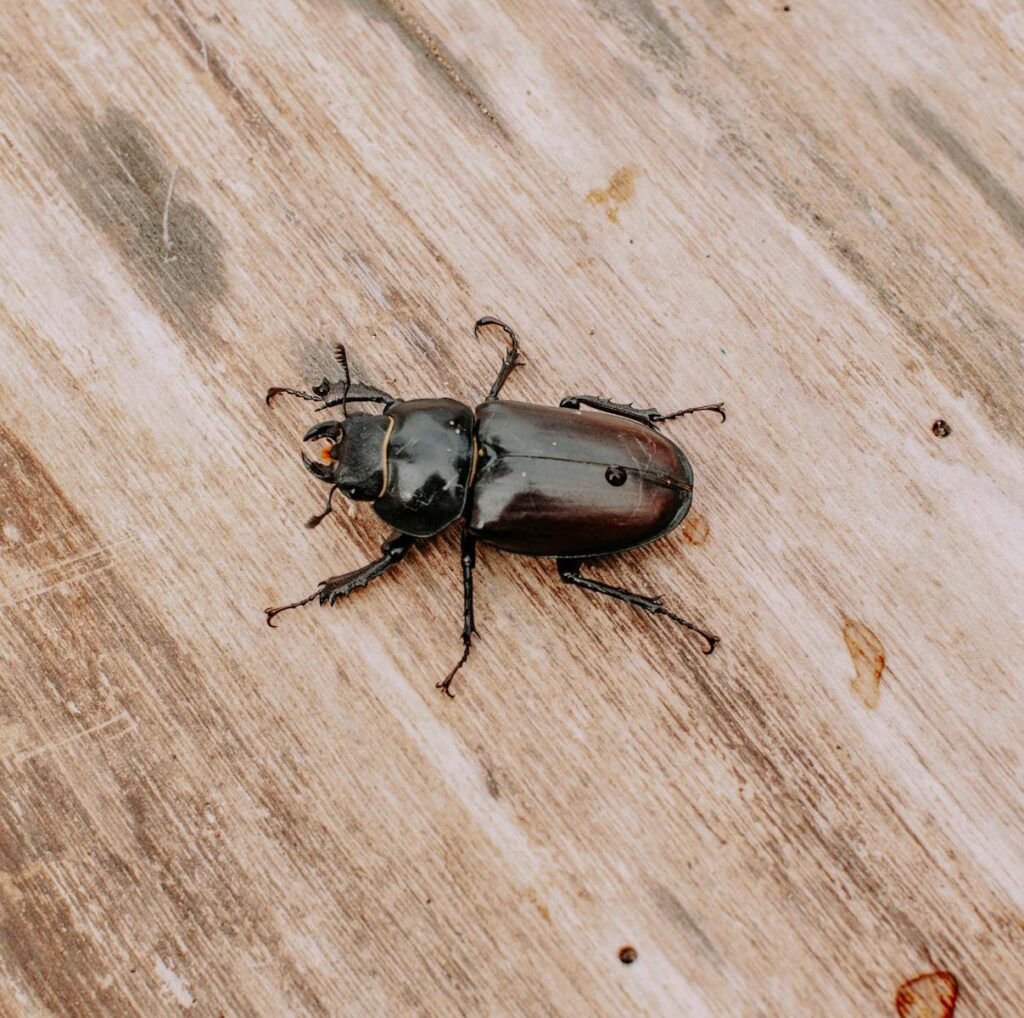
The Georgia stag beetle (Lucanus elaphus) belongs to the family Lucanidae, which includes over 1,200 species of stag beetles worldwide. Positioned within the order Coleoptera—the largest order in the animal kingdom comprising beetles—these insects share common ancestry with other familiar beetles like ladybugs and fireflies. The scientific name “Lucanus” derives from the ancient Roman region of Lucania, while “elaphus” references the Greek word for deer, alluding to the stag-like appearance of the male’s mandibles. Within North America, the Georgia stag beetle is closely related to the giant stag beetle (Lucanus capreolus) and the reddish-brown stag beetle (Lucanus capreolus), forming part of a fascinating evolutionary lineage adapted specifically to southeastern hardwood forests.
Physical Characteristics and Dimorphism
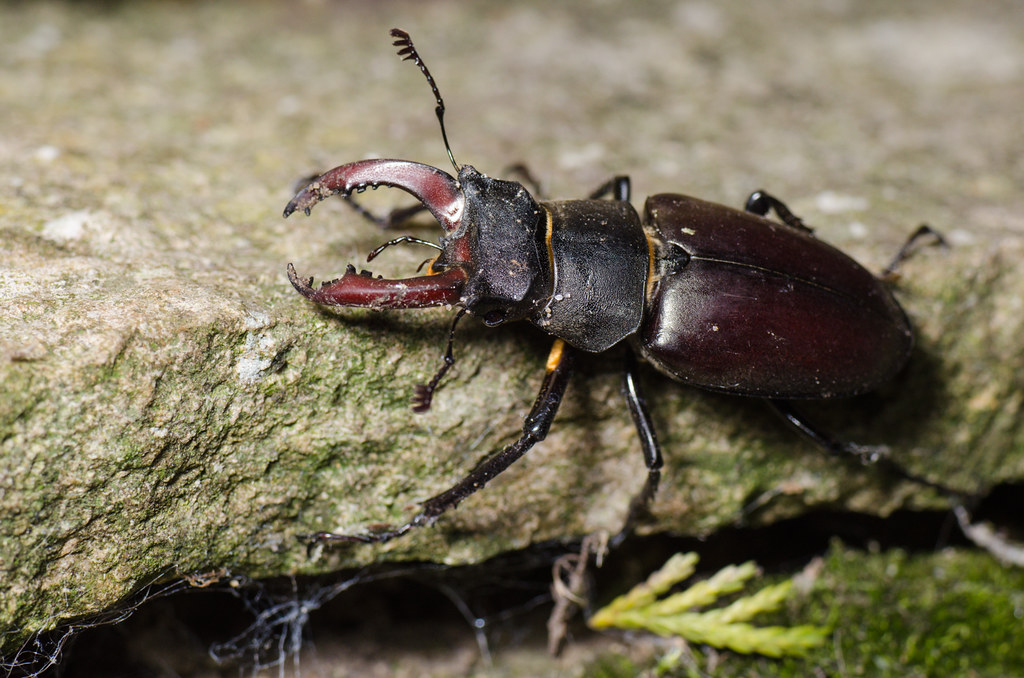
The Georgia stag beetle exhibits remarkable sexual dimorphism, with males sporting dramatically enlarged mandibles that can comprise up to one-third of their total body length. These impressive “antlers” range from reddish-brown to nearly black, are used primarily for male-to-male combat during breeding season, and despite their fearsome appearance, pose little danger to humans. Females, while lacking the ornate mandibles, possess shorter, stronger jaws capable of delivering a more painful pinch if handled carelessly. Both sexes display glossy exoskeletons in shades ranging from mahogany to nearly black, with bodies measuring between 1.5 to 2.5 inches in length (excluding mandibles). The beetle’s six powerful legs end in sharp claws that allow them to grip tree bark effectively, while their segmented antennae feature distinctive club-like ends used to detect pheromones and food sources through a highly developed sense of smell.
Geographic Distribution and Habitat
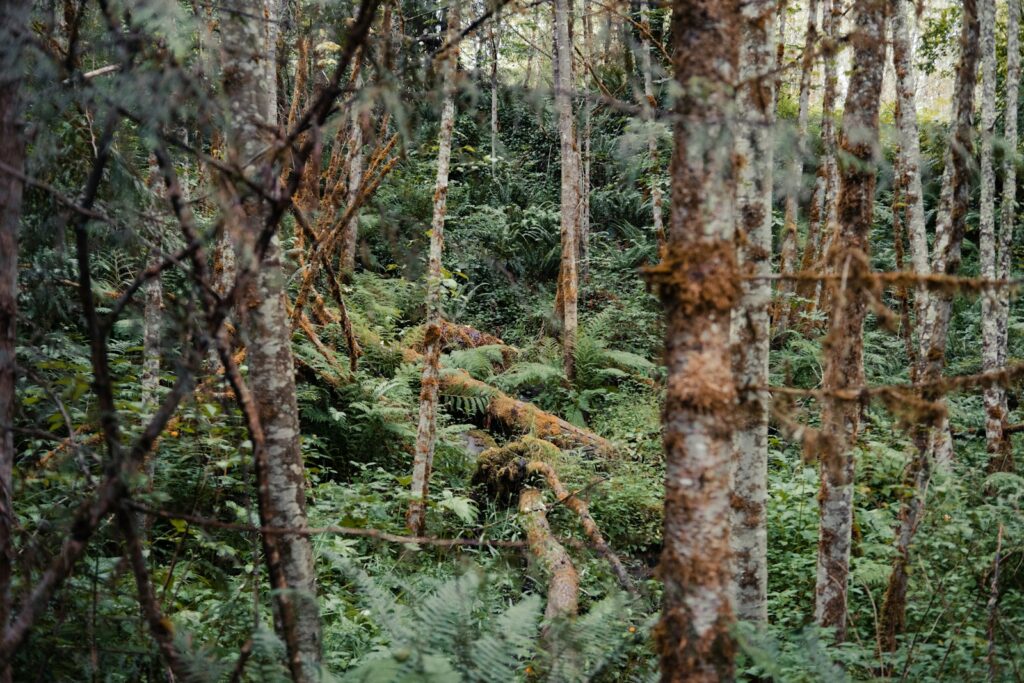
The Georgia stag beetle’s range extends throughout the southeastern United States, with particularly strong populations in Georgia, South Carolina, Florida, and parts of Alabama and Tennessee. These beetles thrive in mature deciduous and mixed forests where their preferred habitat—rotting hardwood logs and stumps—is abundant. Oak-hickory forests represent prime habitat, though they adapt well to mixed pine-hardwood ecosystems throughout the Piedmont and Coastal Plain regions. Unlike some insect species with highly specific habitat requirements, the Georgia stag beetle demonstrates moderate adaptability, occasionally appearing in suburban woodlots and parks where sufficient dead wood remains undisturbed. Their distribution closely follows the pattern of old-growth forest remnants, with populations becoming increasingly fragmented as urbanization continues to divide previously contiguous woodland habitats across the Southeast.
Life Cycle and Development
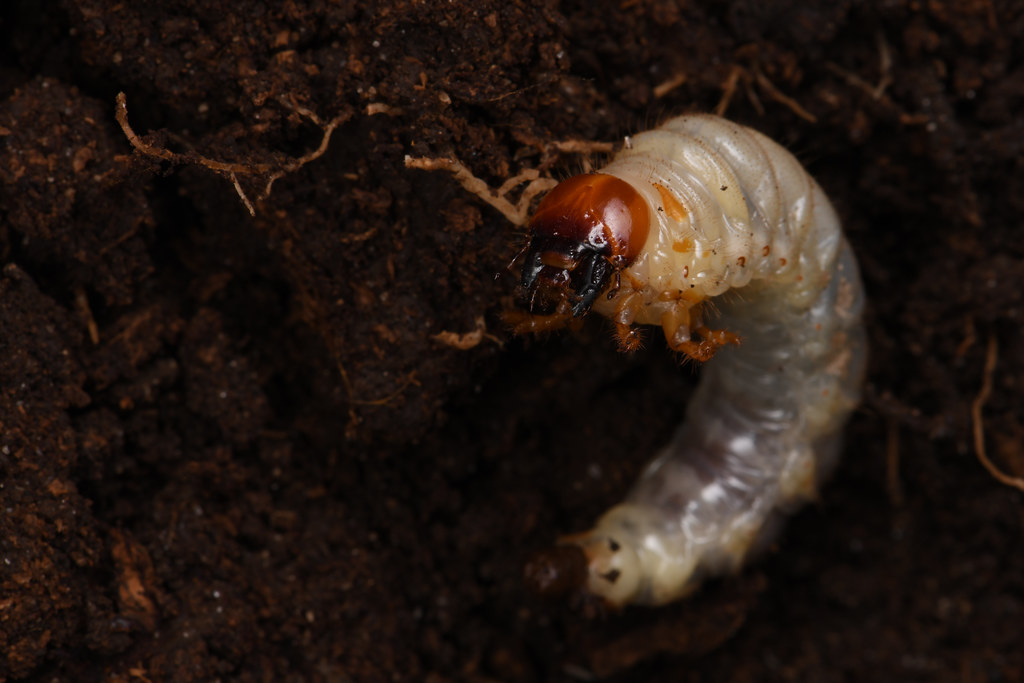
The Georgia stag beetle undergoes complete metamorphosis, with a life cycle divided into four distinct stages: egg, larva, pupa, and adult. Females deposit eggs within decaying wood, where the hatched larvae (grubs) will spend 3-5 years developing—an extraordinarily long period for an insect. During this extended larval phase, the cream-colored, C-shaped grubs consume rotting wood, growing to impressive sizes of up to 3 inches before pupation. The pupal stage lasts approximately one month, during which the transformation to adult form occurs within a specially constructed chamber in the wood. Adult beetles emerge in late spring to early summer, but their above-ground existence lasts merely 3-4 months—a brief window for reproduction before the cycle begins anew. This extended development time makes the species particularly vulnerable to habitat disruption, as a single fallen log may house multiple generations simultaneously.
Diet and Feeding Habits

The dietary requirements of Georgia stag beetles change dramatically throughout their life cycle, reflecting their ecological role as decomposers. In the larval stage, they function as efficient wood processors, consuming decaying wood and converting it into nutrient-rich frass that enriches forest soils. Their powerful mandibles and specialized digestive system, complete with symbiotic microorganisms, allow them to break down cellulose and lignin—compounds resistant to decomposition by most other organisms. Adult beetles, in contrast, primarily consume tree sap, overripe fruits, and plant juices that they access by using their reduced mouthparts to lap up these sweet substances. Interestingly, adults sometimes gather at “sap runs” on damaged oak trees, where multiple beetles may feed simultaneously in a rare display of congregative behavior. Their feeding activities accelerate the forest nutrient cycle while creating habitat opportunities for countless other organisms.
Behavioral Patterns and Adaptations

Georgia stag beetles exhibit predominantly nocturnal behavior, becoming active during evening hours when predation risk decreases and humidity levels rise. Males demonstrate impressive territorial behavior, using their enlarged mandibles to engage in ritualized combat with rivals, lifting and sometimes flipping opponents to establish dominance without causing serious injury. These battles typically occur on tree trunks where females may be present, with winners gaining preferential mating opportunities. During daylight hours, the beetles seek shelter under loose bark, in tree hollows, or among leaf litter, using cryptic coloration to blend with woody environments. When threatened, they employ a defensive posture by raising their mandibles and producing a soft hissing sound through the release of air from their spiracles—respiratory openings along their abdomen. Their primarily arboreal lifestyle is supported by specialized tarsal claws that provide exceptional grip on vertical surfaces, allowing them to navigate their three-dimensional forest habitat with surprising agility despite their bulky appearance.
Reproduction and Mating Strategies
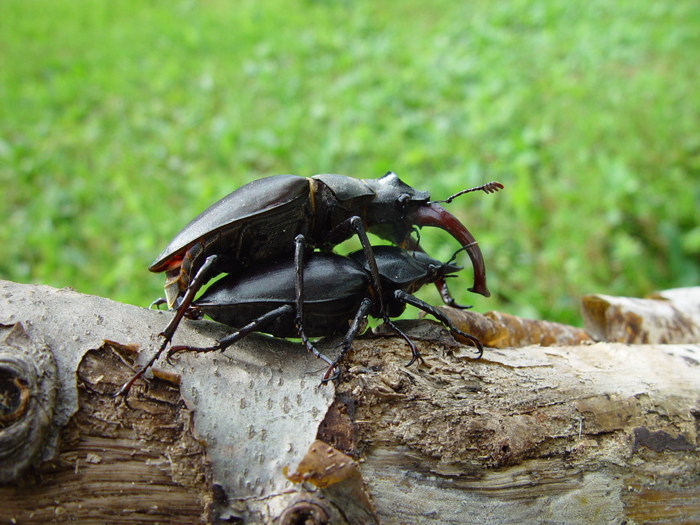
The reproductive season for Georgia stag beetles begins in early summer, typically June, when adults emerge from pupation. Males locate receptive females by detecting species-specific pheromones that can draw them from considerable distances, using their distinctive clubbed antennae as sensitive chemical receptors. Competition for mates is fierce, with males engaging in mandible-to-mandible contests that can last several minutes, the larger-jawed individuals typically gaining reproductive advantage. After successful mating, female beetles seek out suitable oviposition sites in decaying hardwood, preferably oak or hickory, where they excavate small chambers using their powerful jaws. Each female deposits between 15-30 eggs individually within the wood substrate, carefully distributing them to minimize competition among the future larvae. Interestingly, females demonstrate rudimentary parental care by selecting wood with optimal moisture content and fungal composition to ensure larval success, a level of maternal investment uncommon among beetles.
Ecological Importance in Forest Ecosystems

Georgia stag beetles serve as keystone species in southeastern forest ecosystems, performing critical ecological functions that maintain woodland health. Their larvae accelerate decomposition of fallen trees and stumps, recycling nutrients locked in woody tissue and making them available for new plant growth—effectively functioning as natural forest recyclers. The extensive tunneling activity of multiple generations creates microhabitats utilized by numerous other forest organisms, from fungi and microbes to salamanders and small mammals. Adult beetles serve as important food sources for nocturnal predators including owls, flying squirrels, and raccoons, forming a vital link in forest food webs. Additionally, their movement between trees assists in the dispersal of beneficial fungi and microorganisms that contribute to forest health and resilience. The presence of robust stag beetle populations generally indicates a healthy, functioning forest ecosystem with sufficient deadwood resources and minimal chemical contamination.
Conservation Status and Threats
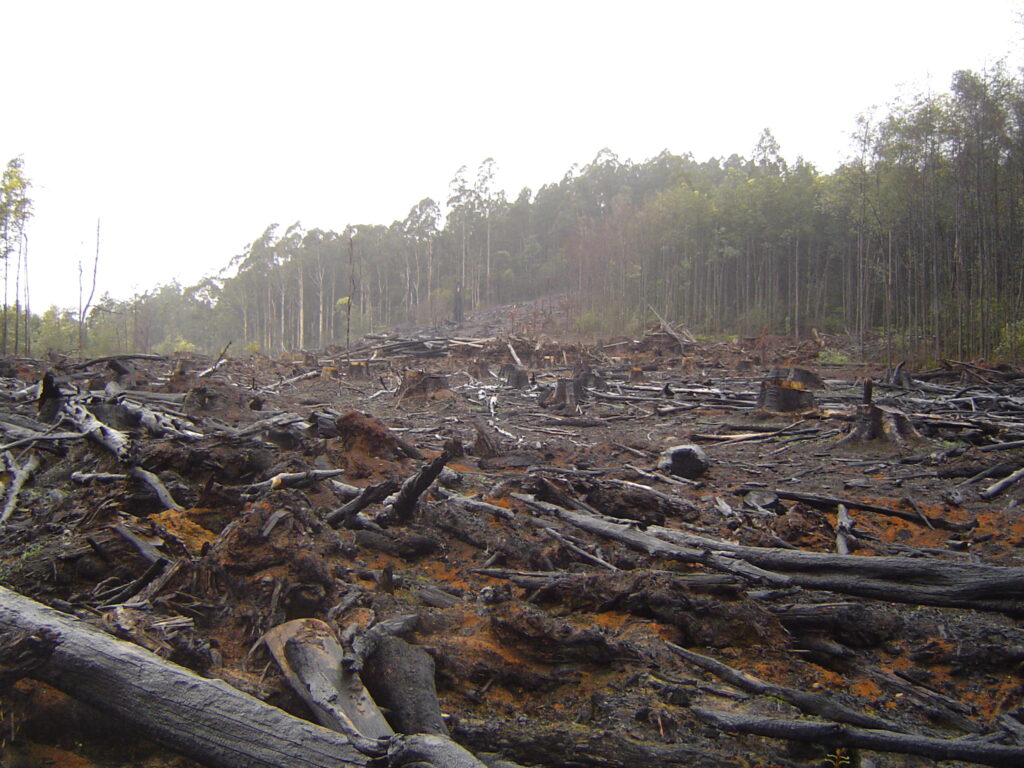
While not currently listed as endangered, Georgia stag beetle populations face mounting pressures from habitat loss and fragmentation as southeastern forests continue to be developed for residential and commercial purposes. Modern forestry practices that remove dead and decaying wood—precisely the habitat these beetles require—have significantly reduced suitable breeding sites across their range. The application of broad-spectrum insecticides in both agricultural and residential settings poses indirect threats through contamination of woodland edges where beetles may feed or mate. Climate change presents additional challenges, as altered precipitation patterns affect wood decomposition rates and the fungal communities upon which larvae depend. Invasive species competition, particularly from introduced Asian longhorned beetles and emerald ash borers, creates additional ecological pressure through resource competition and altered forest composition. Conservation efforts increasingly focus on preserving old-growth forest fragments and encouraging landowners to leave some fallen trees and stumps as critical habitat for these impressive insects.
Cultural Significance and Human Interactions
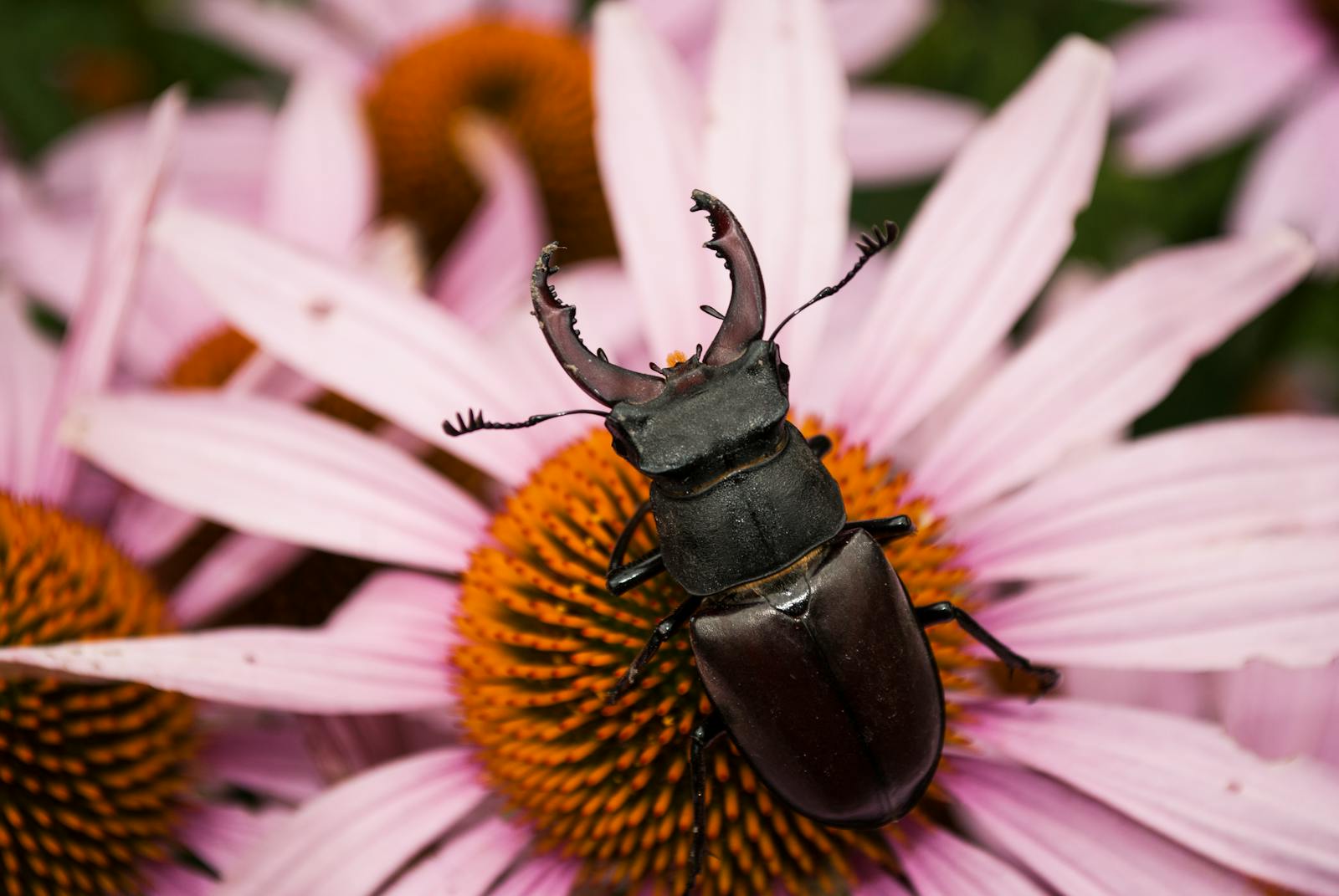
Throughout Southern Appalachian culture, the Georgia stag beetle has earned various colloquial names including “pinching bug,” “timber beetle,” and most commonly “horn beetle”—references to both its defensive behavior and distinctive appearance. Historical accounts from early naturalists like William Bartram noted these insects in their explorations of Georgia’s wilderness, describing them with a mixture of scientific curiosity and occasional alarm at their prehistoric appearance. Unlike in Asian countries where similar stag beetle species are collected and kept as pets, the Georgia beetle has rarely been commercially exploited, though occasional collection for amateur entomology occurs. The species features prominently in environmental education programs across Georgia state parks, where rangers use these charismatic insects to illustrate concepts of forest ecology and decomposition cycles to visitors. Their imposing appearance but harmless nature makes them excellent ambassador species, helping to overcome common entomophobia (fear of insects) while building appreciation for invertebrate conservation.
Distinguishing Features from Similar Species
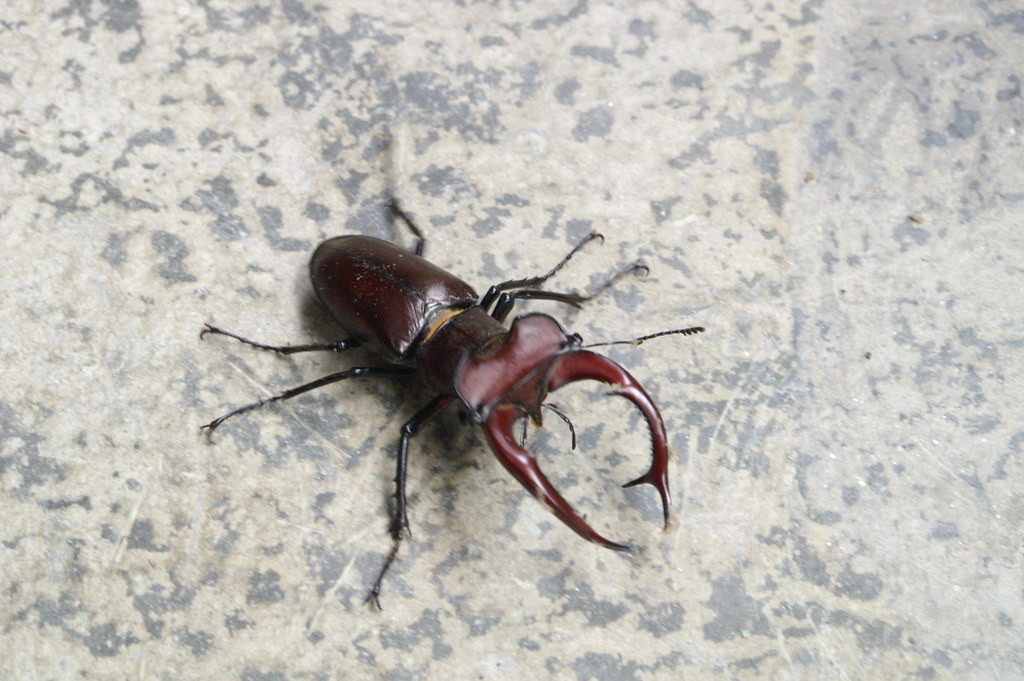
Identifying the Georgia stag beetle among similar Lucanidae requires attention to several distinguishing characteristics that separate it from close relatives. Unlike the giant stag beetle (Lucanus elaphus), which displays a more uniformly dark exoskeleton, the Georgia species typically exhibits a reddish tinge to the mandibles and sometimes along the elytral margins (wing covers). The antler configuration differs subtly as well, with the Georgia stag beetle possessing a more prominent inner tooth on each mandible compared to the smoother curve of its relatives. Female specimens can be distinguished from other stag beetles by the distinctive punctuation pattern on their thorax—fine, dense depressions that appear almost leather-like under magnification. Additionally, the Georgia stag beetle’s pronotum (the dorsal plate behind the head) features less pronounced lateral margins than similar species, and the antennal clubs contain seven segments rather than the six found in some related beetles. These subtle differences, while challenging for casual observers, allow entomologists to accurately identify specimens even in regions where multiple stag beetle species coexist.
Observation Tips for Wildlife Enthusiasts
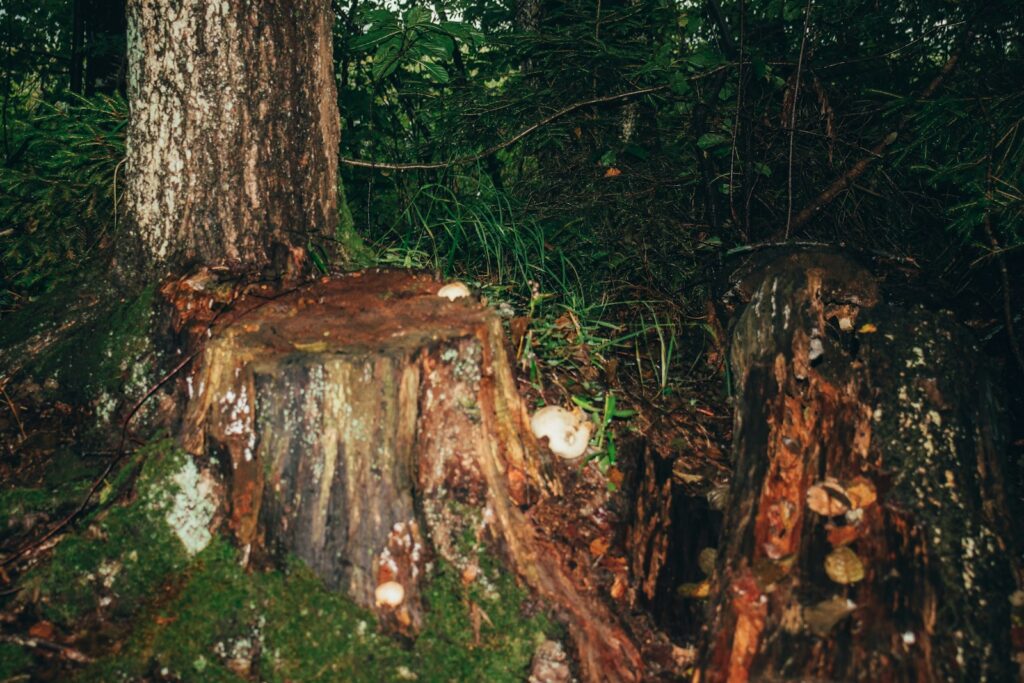
For those hoping to observe Georgia stag beetles in their natural habitat, evening visits to mature hardwood forests between June and August offer the best opportunities for sightings. Focusing search efforts on damaged oak trees with active sap flows can be particularly rewarding, as adults frequently gather at these natural feeding stations during early evening hours. Gently examining large, partially decomposed logs—without destructive disturbance—may reveal adults sheltering during daylight hours, though care should be taken to replace any bark or debris exactly as found. Using a red-filtered flashlight minimizes disturbance during nocturnal observation, as the beetles appear less sensitive to this wavelength than to white light. Enthusiasts should resist the temptation to collect specimens, instead documenting sightings through photography and contributing observations to citizen science platforms like iNaturalist, which helps researchers track population distributions. For closer examination, briefly housing a beetle in a clear container with air holes and a small piece of moistened fruit allows for detailed observation before releasing the insect precisely where it was found.
Research and Scientific Importance

Scientific interest in the Georgia stag beetle extends beyond basic taxonomy into diverse research fields including biomechanics, evolutionary biology, and forest ecology. The extraordinary mandible structure of males has inspired biomimetic engineering studies examining how these appendages achieve remarkable strength-to-weight ratios through internal support structures—research with potential applications in lightweight construction materials. Geneticists study the species to understand sexual dimorphism mechanisms, investigating how identical genetic code can produce such dramatically different forms between males and females. Conservation biologists use these beetles as indicator species for forest ecosystem health, with their presence or absence providing valuable data about habitat quality and management effectiveness. Recent research has focused on the complex microbial communities within the beetle’s digestive system, identifying novel enzymes capable of breaking down resistant plant compounds—findings with potential applications in biofuel production and industrial cellulose processing. As climate change affects southeastern forests, ongoing studies track how these beetles adapt to changing conditions, providing insights into broader questions of arthropod resilience in the face of environmental shifts.
Conclusion
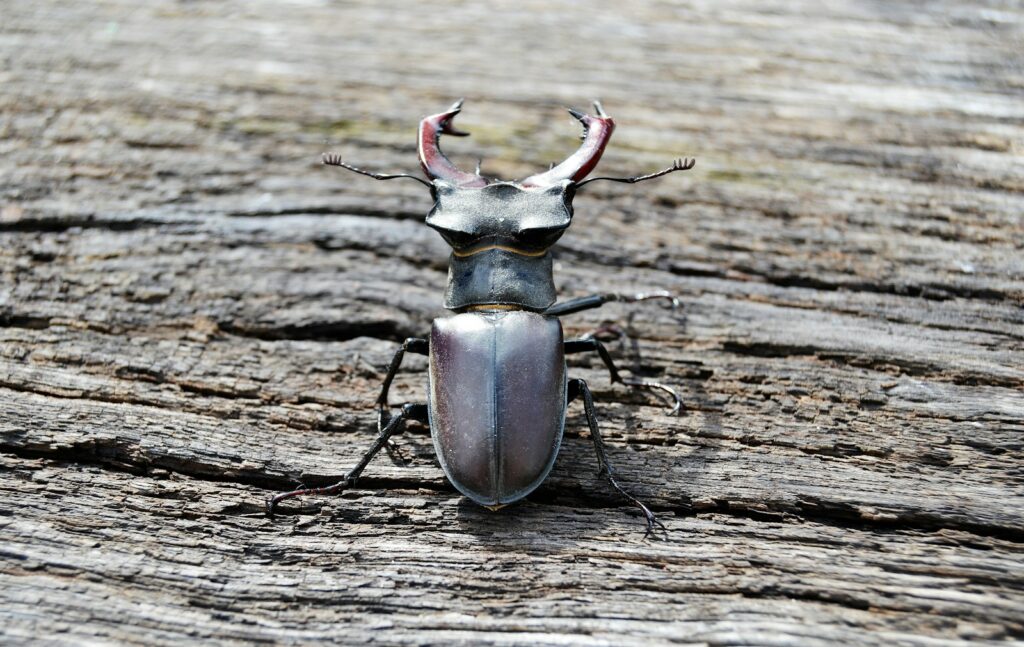
The Georgia stag beetle stands as a remarkable testament to the hidden wonders of southern forests—a creature at once imposing and vulnerable, common yet seldom seen. Through their patient work of decomposition and nutrient cycling, these insects contribute silently but significantly to the health of Georgia’s woodland ecosystems. As development continues to transform the Southeast’s natural landscapes, the future of these distinctive beetles depends increasingly on conscious conservation choices that preserve the dead and dying trees these insects call home. For those fortunate enough to encounter a Georgia stag beetle on a summer evening, the experience offers a glimpse into an ancient evolutionary lineage and a reminder of the complex ecological relationships unfolding beneath the forest canopy. In protecting these magnificent insects and their habitats, we ultimately safeguard the rich biodiversity that makes Georgia’s forests treasures worth preserving for generations to come.

